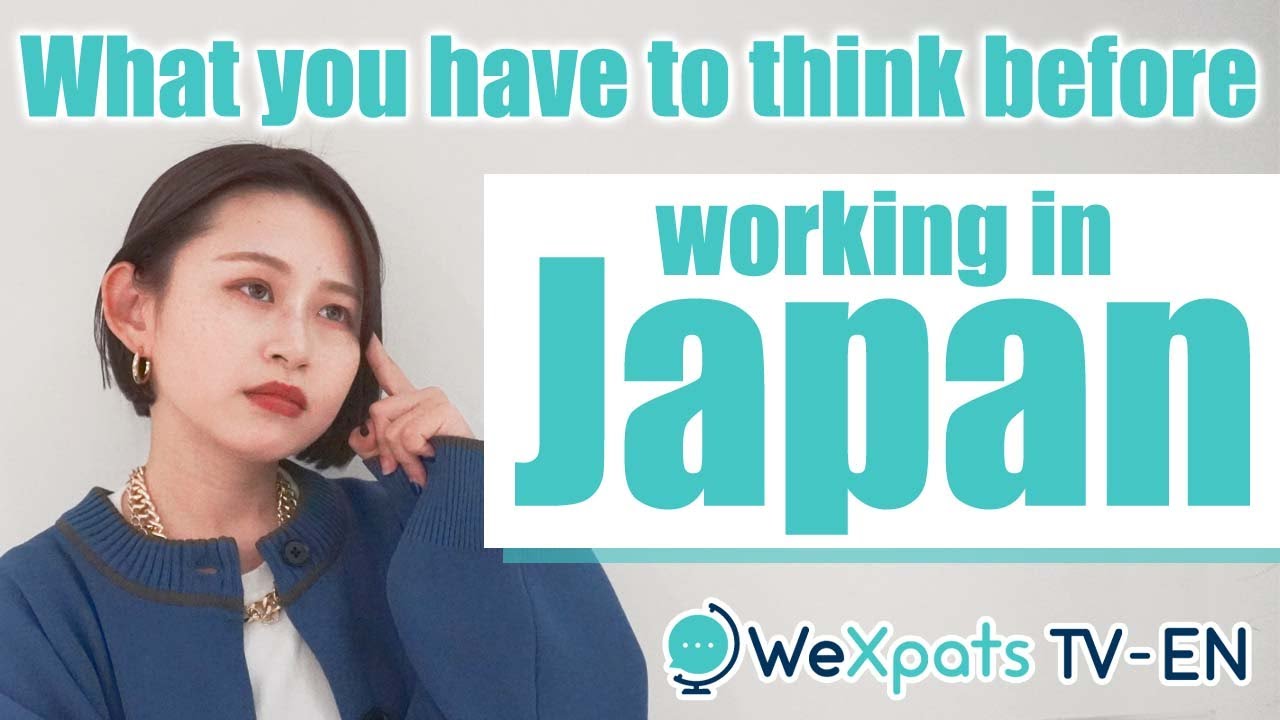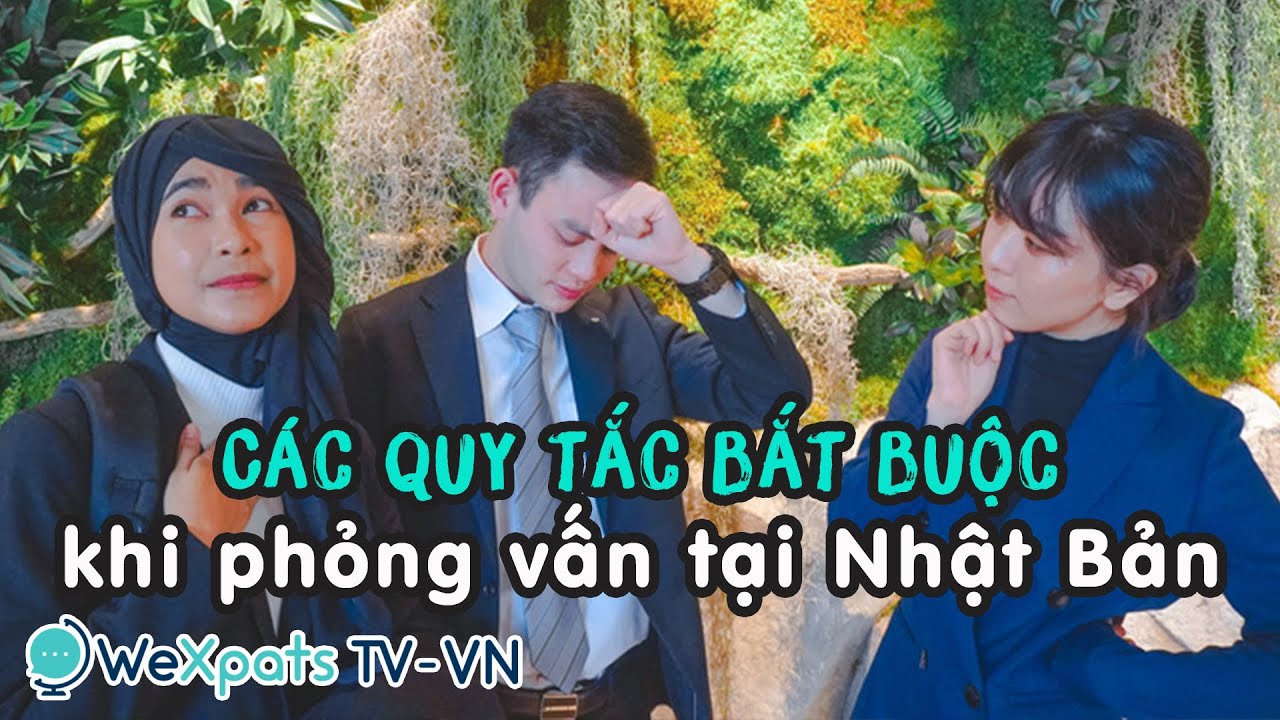Asakusa is the top area in central Tokyo for experiencing traditional Japanese culture. With old Edo vibes especially around Senso-Ji, the landmark of Asakusa, many visitors gather for an authentic cultural experience. Learn about the district’s interesting history, amusement park, and famous food to try on your next visit.
Table of Contents
- History of Asakusa
- Asakusa’s Temples & Shrines
- Entertainment & Fun at Asakusa
- Food & Drink Highlights at Asakusa
- Takeaway
History of Asakusa
Asakusa 浅草 is the downtown (shita-machi 下町) area of Tokyo. Formerly an entertainment district housing kabuki theatres and a red light district, it was the centre of nightlife during the Edo period.
It can be said that Asakusa owes much of its popularity and fame to Tokyo’s oldest temple, Senso-ji that was built in 645. The temple brought many worshippers to the once tiny fishing village, further developing it into a temple-centred town. The Shoguns of the Kamakura Period showed particular devotion to Senso-ji, even going so far as to invite Asakusa’s talented builders to build a shrine in Kamakura.
Unfortunately, after the Second World War wherein Asakusa suffered major damage, the area never regained its former titles having been surpassed by other modern districts like Shibuya, Harajuku, and Shinjuku.
※ Asakusa I~toko, "Asakusa History"

Photo Credit: PR Times / 鬼滅の刃 (C)吾峠呼世晴/集英社・アニプレックス・ufotable
Anime Trivia: Historical Asakusa was depicted in the popular anime Demon Slayer (Kimetsu no Yaiba)'s Asakusa Arc from Episodes 7 to 10 when Tanjirou’s next mission brings him to Asakusa where he sniffs out Muzan Kibutsuji.
Writer's Pick
Asakusa’s Temples & Shrines
Senso-Ji 浅草寺

Tokyo’s most popular and oldest temple was established in the 7th century Senso-ji Temple. The Buddhist temple is dedicated to Bodhisattva Kannon, more commonly known as the Goddess of Mercy Guan Yin. You may be wondering why Senso 浅草 is read differently from Asakusa 浅草 even though they have the same Kanji. The reason is the different customs between Shintoism and Buddhism; Shinto follows Japanese kun-yomi reading whilst Buddhist follows Chinese on-yomi reading resulting in different readings of the same Kanjis.
For more about Senso-Ji, we recommend reading
Tokyo's Oldest Temple: Senso-Ji.
Asakusa Shrine 浅草神社
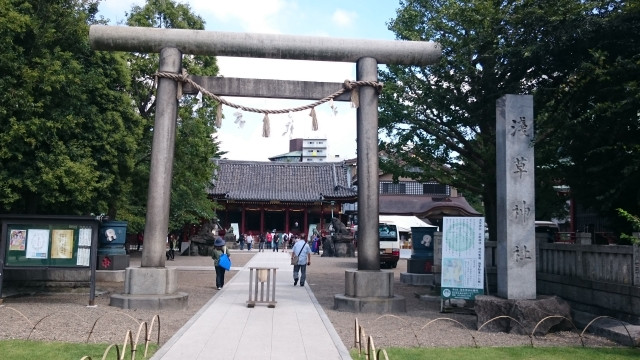
As you advance to the right through Senso-ji, you’ll find yourself in Asakusa Shrine. Although a Shinto Shrine, Asakusa Shrine has deep connections with Senso-ji with both having similar origin stories - the discovery of Kannon’s statue. But that’s where their similarities end, as instead of worshipping Kannon, the shrine enshrines the three men responsible for founding Senso-ji - fishermen brothers Hinokuma Hamanari & Takenari and richman Hajinomatsuchi, collectively known as Sanja-sama 三社様.
On the third weekend of May, the shrine celebrates Sanja Matsuri 三社祭. Around 1.8 million visitors travel to Tokyo just to join the festivities.
Hikan Inari Shrine 被官稲荷神社
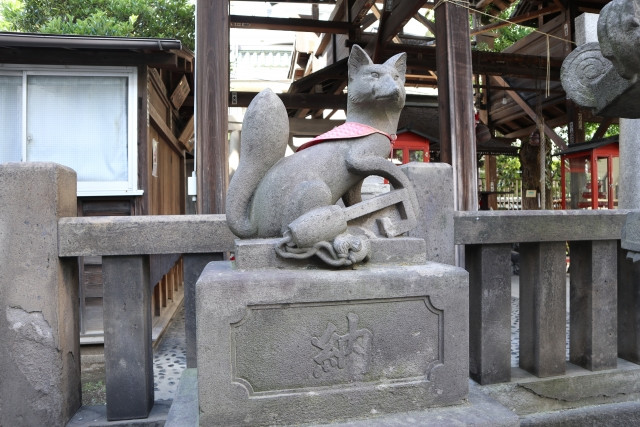
Behind Asakusa Shrine’s main hall is Hikan Inari Shrine, a sub-shrine of Asakusa Shrine - that’s why they share the same website. The shrine was built in 1854 by head of the fire brigade, Tatsugoro Shinmon to welcome and honour Kyoto’s Fushimi Inari Taisha’s deity that healed his ailing wife after receiving his prayers. The shrine is decorated with many fox statues that represent the fox spirit messengers that carry the message of God.
Imado Shrine 今戸神社

Imado Shrine is famous for two things - lucky cats “maneki neko” and matchmaking. The shrine enshrines Japan’s first couple Izanagi and Izanami who are known as the Gods of love, marriage, and matchmaking. Two adorable maneki neko statues symbolising the couple can be found on the grounds; stroking them is said to invite fortune. Many married couples, engaged couples, couples, and single people looking for love visit to pray for a happy marriage, relationship and to find love. Cat amulets, cat charms, cat fortunes, etc. cat goods can be purchased at the shrine shop.
Entertainment & Fun at Asakusa
Asakusa Hanayashiki 浅草花やしき
おはようございます。
— 浅草花やしき【公式】 (@hanayashiki1853) March 10, 2022
東京都の開花予想は3/20。10日後ですねー🗓
下町浅草 #花やしき の #桜 は、都心の桜より早いのか遅いのか!?気になるところです👀✨
私の大好きな写真置いときます。2012年のものです🌸𓂃🌸 pic.twitter.com/AajfInP9Hy
I’ll bet you didn’t know there’s an amusement park just 2 blocks away from Senso-ji. First established in 1853 during the Edo period as a flower park, numerous attraction rides and exotic animals were added to the park around 2 decades later transforming the park into a fun paradise. Although there are no more animals these days, Asakusa Hanayashiki still has a decent selection of attraction rides, haunted houses, carnival games, shops and eateries.
Note: (1) Entrance free and ride tickets are sold separate. (2) Cash only.
Nakamise Shopping Street 仲見世商店街
12月に入り、仲見世商店街はお正月を迎える飾りが付きました。
Posted by 浅草仲見世 - Asakusa Nakamise on Tuesday, December 5, 2017
Passing through Senso-ji’s Kaminarimon, you’ll find yourself along Nakamise-dori where there is a large gathering of shops selling everything from souvenirs, food, kimono, traditional items, sweets, drinks and more. Shopping and snacking whilst taking in the old Edo vibes is part of the fun and at the end of the street you’ll find yourself at Senso-ji’s main hall.
Kimono/Yukata Rentals to Level-Up Your Trip
Standard of a tourist spot with Edo vibes, there are several kimono/yukata rental shops available in the area. If you haven’t experienced wearing a kimono/yukata yet and are not planning to visit Kyoto, this is a good chance to try.
Vasara - 3 stores: Asakusa Station, Senso-ji, Asakusa Flagship; from 3,278 yen (online special price)
wargo - Senso-Ji Store; From 3,300 yen
Hanaka - Asakusa Station; From 3,800 yen (online special price)
Miyabi - 3 stores: Asakusa Station, Asakusa Flagship; From 3,000 yen (online special price)
Tokyo Skytree
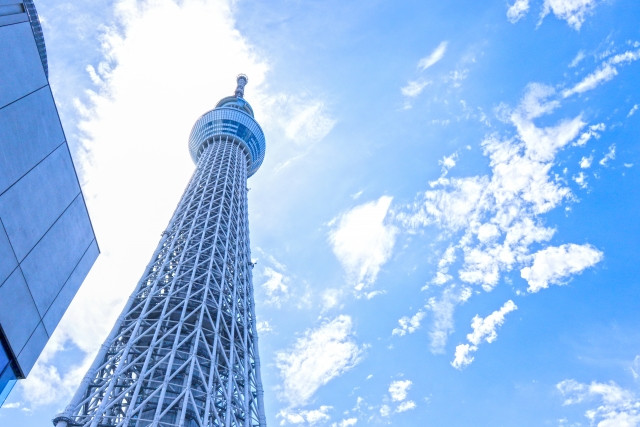
Most easily accessible by train directly to Oshiage Station, Tokyo Skytree is also a walkable 17-min trip from Senso-ji - though not in summer, trust us on this. Home to many shops, restaurants, and of course their observatory for the best view of Tokyo, it’s expensive but it’s worth a visit.
Curious about how the nightview looks like? WeXpats Team has got you covered! We visited Tokyo Skytree for their limited time Demon Slayer Collaboration Event but ended up getting touched by the dazzling view of sunset and night time Tokyo. Check the video here!
Food & Drink Highlights at Asakusa
2月23日🎌水曜日営業します! ✨✨✨✨✨✨✨✨✨✨✨✨✨✨ 毎週水曜定休日とさせていただいていますが初の水曜日営業です。 水曜日しか行けなーい😆と、いう方 心よりお待ち申し上げますm(_ _)m
Posted by 紅鶴 on Friday, February 11, 2022
Fluffy Pancake Benitsuru
Super popular souffle pancakes. Originally Flamingo Cafe but it was rebranded after the owner retired and let his son takeover. Same-day reservation only, reservations are open from 8:30 though business starts at 10:00. Try to get a number as early as you can to pick your dining time. A cash deposit of 1,000 yen is required when reserving.
Asakusa Menchi
Famous Asakusa Menchikatsu (minced meat cutlet) store near Senso-ji. Hot and crispy freshly fried menchikatsu, there’s always a queue in front.
Toyofuku Curry Bread
Right next to Asakusa Menchi, Toyofuku sells beef curry bread. Crispy on the outside, chewy soft bread, and Japanese curry insides.
Ningyo-Yaki 人形焼
Translated to “baked dolls”, ningyo-yaki is a baked sweet that’s popular in Asakusa. They come in many shapes aside including cute characters, animals, and buildings. Inside the cake is anko (sweet red bean paste) filling making it similar to dorayaki. There are several shops selling freshly baked or souvenir boxed ningyo-yaki along Nakamise Shopping Street.
Steamed Meat Buns Sekine
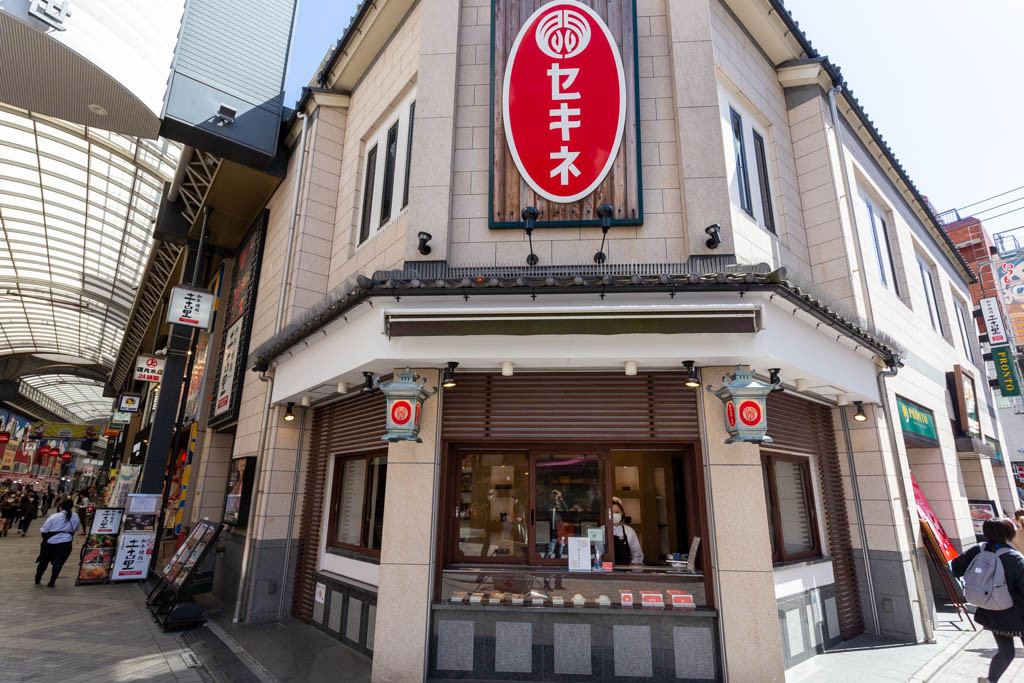
Photo Credit: セキネ/Asakusa Shinnakamise
Asakusa's famous steamed meat buns (nikuman 肉まん). Takeaway only. Be careful not to burn your tongue as it’s piping hot.
Kamiya Bar
One of the most popular bars in Asakusa. Their original Denki-bran デンキブラン cocktail was created 100 years ago. Loved by both ordinary masses and cultured people, the cocktail has even appeared in movies and literature. The cocktail’s recipe remains a secret, though what we do know is that aside from brandy and wine, it also contains herbs. Its mysterious flavour envelops the inside of the mouth from the first sip.
Takeaway

Asakusa is one of the most visited places in Tokyo so definitely give it a try the next time you’re in the city. Here are some related articles to help you explore the area:
Tokyo Skytree: A sight to commemorate
Tokyo's Oldest Temple: Senso-ji









.jpg)








